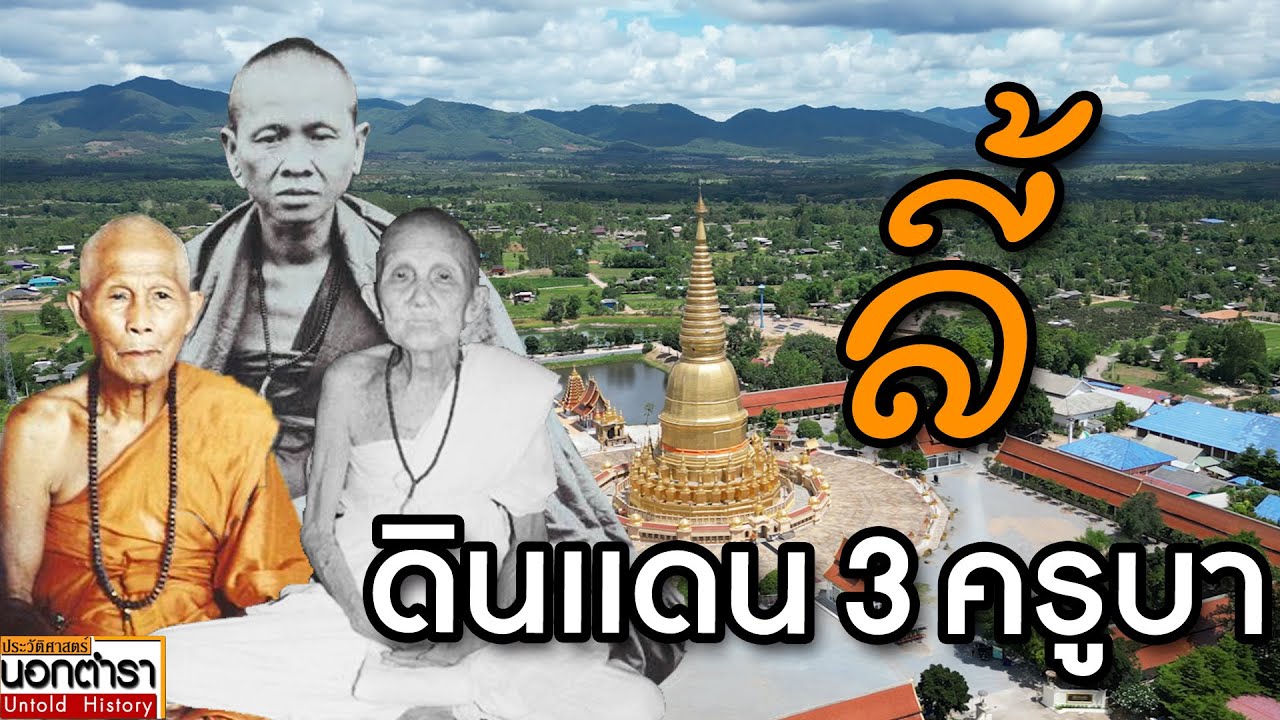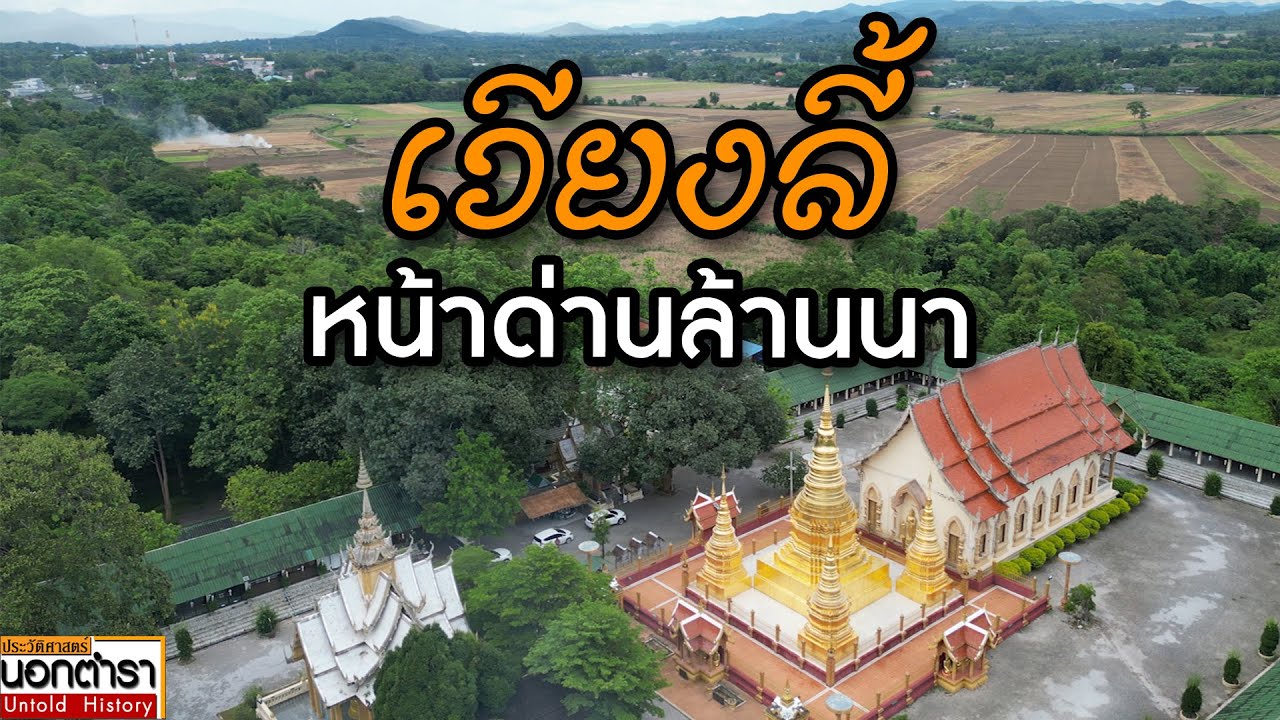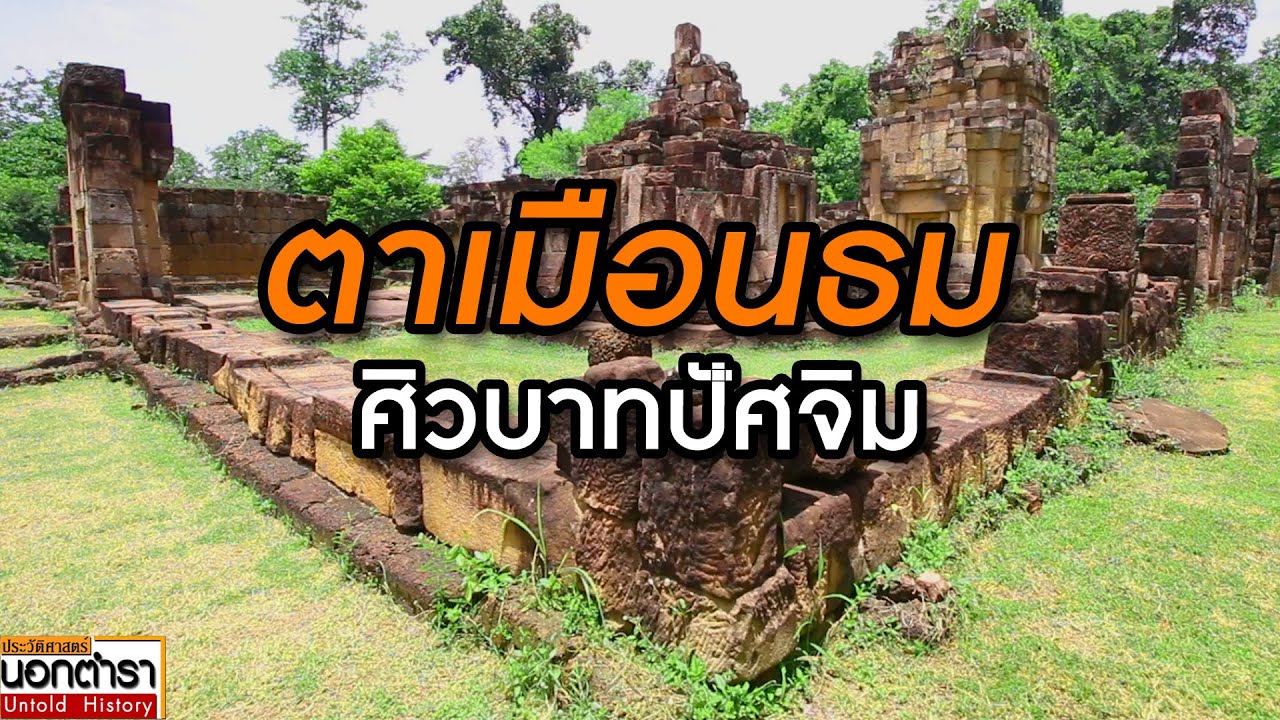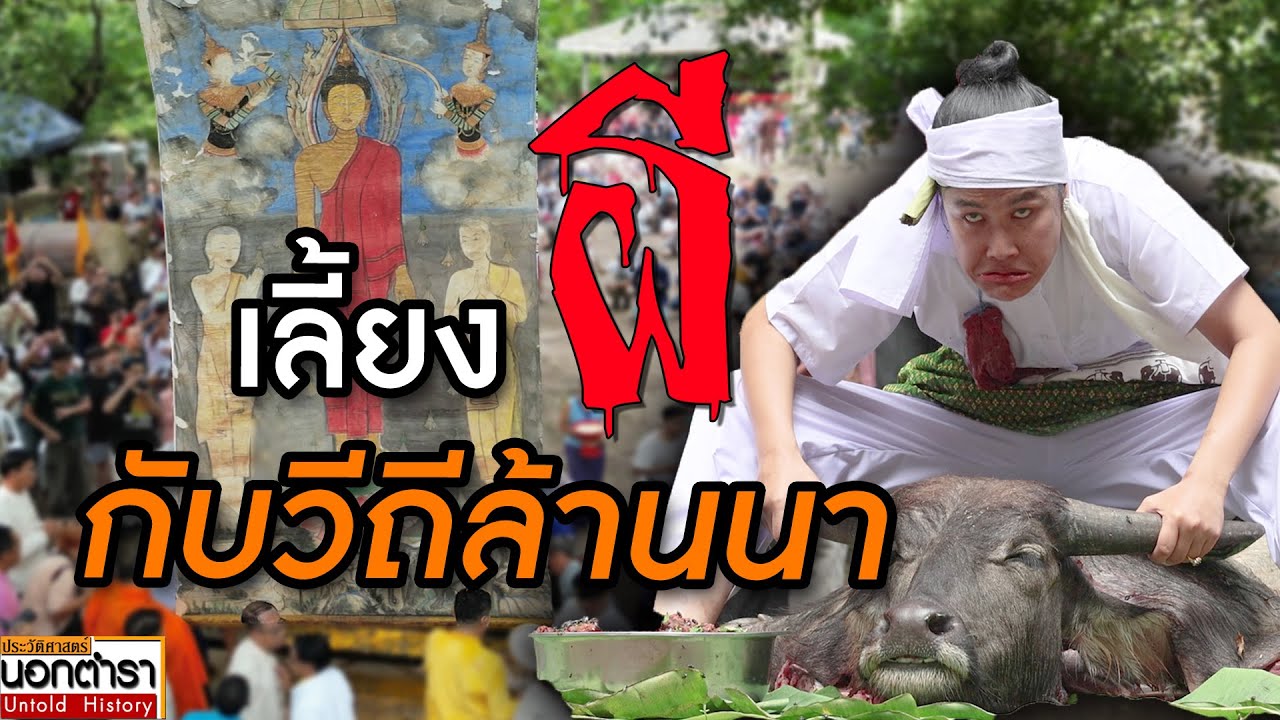|
|
|
|---|
| ผู้ผลิต | SEAMEOSPAFA |
| วิทยากร/ผู้แสดง | Terence Tan |
| เรื่องย่อ |
The focus of this paper is in the tracking of ornaments and artefacts which brought about the changes in belief, rituals, social and cultural aspects from the prehistoric to proto-historical period in early Myanmar and cultural links between China and Myanmar. links between China and Myanmar could be identified from evidence of bronze artefacts and stone beads from Samon Valley. Beads from the Samon Valley Bronze-Iron culture (circa 700 BC-100 AD) are undeniably linked to the Western Zhou Dynasty where metal figurines of “tiger with cub in mouth” stand as proof of the association. Although the figurines are of different material (justifiably so with semi-precious stones available in abundance in Myanmar) the basic concept is observed to be the same. Culture and trade relationship can be inferred from other evidences such as bronze artefacts. gradual changes led the Samon Culture into the Pyu Era, a contemporary of the Dvaravati Kingdom in Thailand, and Champ and Funan Kingdom in Vietnam. In the eyes of historians, the Pyu civilization bridges the Bronze-Iron Age to the early Buddhist period of Myanmar. This transition period shifts the focus from China in the east to India in the west of Myanmar and links with the silk road of Asia. All these links and their changes merging into one unique culture could be seen as a basic and crucial ingredient in the formation of the Pyu Culture (200 BC-900 AD) |
| ความยาว | 24:22 นาที |
| คำสำคัญ/ป้ายกำกับ | Bronze-Iron culture |





The focus of this paper is in the tracking of ornaments and artefacts which brought about the changes in belief, rituals, social and cultural aspects from the prehistoric to proto-historical period in early Myanmar and cultural links between China and Myanmar. links between China and Myanmar could be identified from evidence of bronze artefacts and stone beads from Samon Valley. Beads from the Samon Valley Bronze-Iron culture (circa 700 BC-100 AD) are undeniably linked to the Western Zhou Dynasty where metal figurines of “tiger with cub in mouth” stand as proof of the association. Although the figurines are of different material (justifiably so with semi-precious stones available in abundance in Myanmar) the basic concept is observed to be the same. Culture and trade relationship can be inferred from other evidences such as bronze artefacts. gradual changes led the Samon Culture into the Pyu Era, a contemporary of the Dvaravati Kingdom in Thailand, and Champ and Funan Kingdom in Vietnam. In the eyes of historians, the Pyu civilization bridges the Bronze-Iron Age to the early Buddhist period of Myanmar. This transition period shifts the focus from China in the east to India in the west of Myanmar and links with the silk road of Asia. All these links and their changes merging into one unique culture could be seen as a basic and crucial ingredient in the formation of the Pyu Culture (200 BC-900 AD)